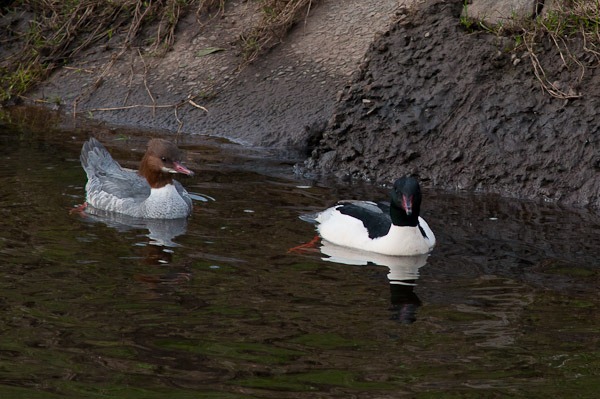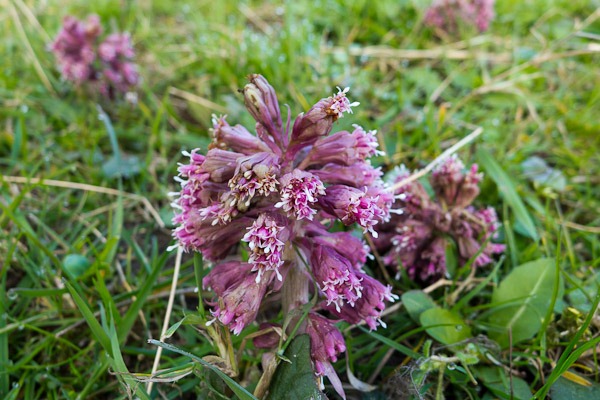|
Until 4 years ago Goosanders were winter visitors departing north in late February/early March. More recently they’ve started to breed further upstream and can now be seen all year round. A definite sign of improving water quality. |
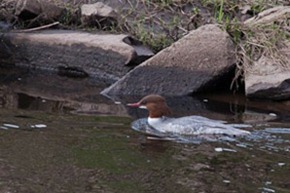
Note the female’s backcombed hair. Good to see her fitting in with the locals. |
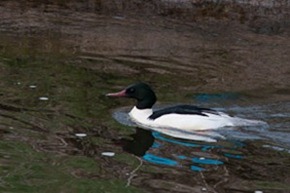
The smart black and white Goosander drake complete with glossy dark green head. |
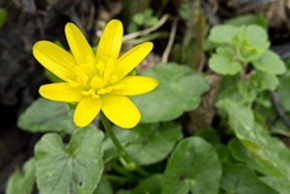
The first flowers of the Lesser Celandine on the banks of the Mersey. |
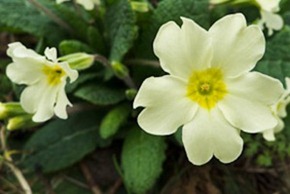
The first rose narrowly beaten into flower this year by the Butterbur |
|
Reputed to be named after the large Rhubarb like leaves that historically were used to wrap butter. Also responsible for the clouds of Butterbur moths that erupt in late summer along the banks of the Mersey (much appreciated by the young Swallows, Pipistrelles and Noctules). Medicinally Butterbur has been used as an anti-histamine however whilst effective unfortunately it’s also carcinogenic. Not one to try at home. |
